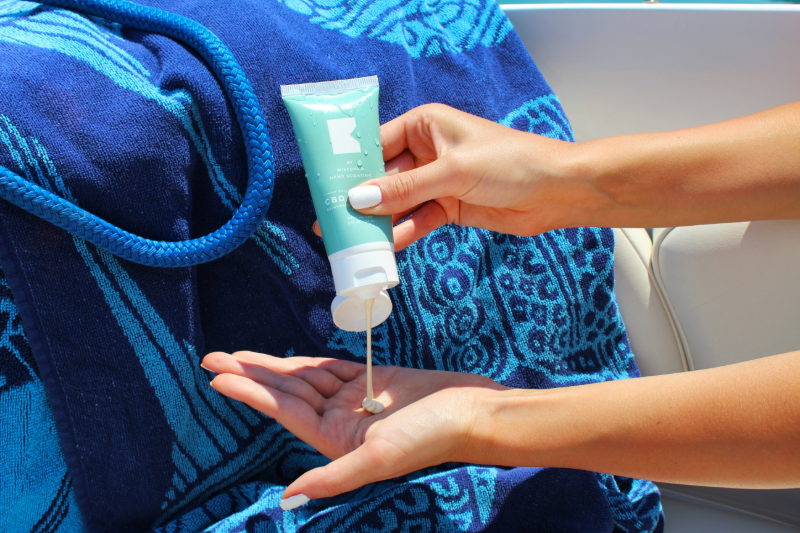Summer is bright, bold, and ripe for fun, inviting various outdoor activities. The season of sunshine is in full swing. And as much as we delight in the radiant sun that defines summer, we must respect its intensity.
Dr. Erica Smithberger has been with the Clayton Dermatology Group in Plant City for 14 years. She studied at the University of South Florida and became a dermatologist because she enjoys performing medical and surgical procedures. She gets gratification from helping patients get rid of skin cancer.
Smithberger explains that having fun at the beach or outdoors during the summer is fine, but we must be aware of the ultraviolet rays and protect our skin.
“There are two kinds of ultraviolet light. UVA causes ultraviolent aging to the skin, and UVB causes sunburns,” Smithberger explains. “They both can cause skin cancer.”
The first line of defense for protecting the skin is through clothing, shade, and avoiding outdoor activities during the midday hours.
“You should wear long sleeves and a hat when you are outdoors,” Smithberger says.
Sunscreen is the second line of defense against the sun. Thus, she recommends sunscreen with either zinc oxide or titanium dioxide to protect the skin. Consider using a Skin Protection Factor (SPF) of at least 40 SPF or more for the best protection. You should apply a good sunscreen of 40 SPF or higher every morning and use retinol at night. While retinol aids in reducing signs of aging, a good SPF can help ward off the harmful effects of ultraviolet rays, which are more intense during summer.
Pro Tip: When wearing makeup, the sunscreen should be applied first and then makeup.
Considering the broader environmental impact, Smithberger recommends using sunscreen at the beach that does not harm the reefs and aquatic life.
“Some chemical sunscreens can cause damage to the reef. It is imperative if swimming in the ocean that you wear a sunscreen that contains only zinc oxide and titanium dioxide,” she explains. “It should not contain any other active ingredient.”
Skin Cancer Facts & Statistics
- 1 in 5 Americans will develop skin cancer by the age of 70.
- More than two people die of skin cancer in the U.S. every hour.
- Having five or more sunburns doubles your risk for melanoma.
- When detected early, the 5-year survival rate for melanoma is 99 percent.
- Squamous cell carcinoma (SCC) is the second most common form of skin cancer. Regularly using an SPF 15 or higher sunscreen reduces the risk of developing SCC by about 40 percent.
- Projections for 2023 indicate a 5.6 percent decrease in new melanoma cases while foreseeing a 4.4 percent increase in melanoma-related deaths.
- Actinic keratosis is the most common precancer; it affects more than 58 million Americans.
- Indoor tanning devices can emit UV radiation 10 to 15 times higher than the sun at its peak intensity.
- Sun damage is cumulative. Only about 23 percent of lifetime exposure occurs by age 18
Source: Skin Cancer Foundation skincancer.org



Comments